Carmakers are scrambling to adapt to the tariffs Pres. Donald Trump has enacted, U.S. new vehicle sales estimated to drop as much as 2 million this year due to higher prices. But no brand is as vulnerable as Buick. That’s because the vast majority of the General Motors brand’s products are imported from South Korea and China.
When General Motors emerged from bankruptcy 16 years ago it abandoned four of its eight North American brands. What took many observers by surprise was the decision to keep long-struggling Buick, rather than either Saturn or Pontiac, both seemingly healthier marques. The move paid off, Buick showing signs of revival in the U.S. while becoming one of the most popular brands in the fast-growing Chinese market
These days, Buick remains heavily dependent upon China, as well as South Korea, factories in those two countries providing nearly 86% of the vehicles Buick sells in the U.S. – a total of 157,000 vehicles in 2024.
Until now, that’s been a real plus, providing Buick an effective way to flesh out its line-up at a reasonable cost. In 2024, the brand’s sales rose 9.8%, the biggest gain of any General Motors brand. But this year, Buick faces what could be a difficult – potentially even fatal – challenge, some experts warn, as its dependence on foreign production makes it one of most vulnerable brands in light of Pres. Donald Trump’s automotive import tariffs.
Saved by China
Once one of America’s powerhouse brands, Buick’s fortunes had faded by the turn of the millennia, many observers questioning whether General Motors would write it off to focus its resources on other marques, such as Saturn, which it had created in a bid to directly challenge Japanese imports. But when the Obama administration demanded GM drop four of its eight U.S. vehicle brands it instead culled Hummer, Pontiac, Saab and Saturn.
The reasoning was simple: while Buick sales had all but dried up in the U.S. it was one of the best-selling brands in China, “and it would have hurt its reputation there if we dropped it in the home market,” Ed Wellburn, then GM’s global design director, told me at the time.
Since then, China has become an essential piece of the Buick strategy, not only providing much-needed sales but key products, such as the Enclave, today the brand’s flagship SUV. “With the launch of our Buick Enclave flagship SUV, our ICE portfolio is now complete with a full lineup of completely refreshed or all-new vehicles,” Buick brand boss Duncan Aldred said during its launch last year.
Korea kicks in
Effectively, Buick has become an Asian importer. At the other end of its line-up, it introduced a new version of the $23,800 Korean-made Envista.
GM’s Korean plants – the remains of what had once been the local automaker Daewoo – also provide the compact Encore GX, which starts at $25,940.
Having abandoned its entire sedan and wagon line-up, Buick’s family of crossovers now includes just a single vehicle produced in the United States, the $45,100 Enclave. Last year, that model generated a modest 14% of U.S. sales, reported the Detroit News.
By turning to Asia, Buick has been able to both increase its line-up while also holding down production costs. But that strategy now puts the entire brand at risk.
More Auto News
- Musk to Return to Tesla as its Sales, Earnings Tumble
- April Car Sales Surge as Americans Raise to Beat Trump Tariffs
- First Look: Slate’s “Under $20,000” EV Pickup
Few brands more vulnerable to Trump’s tariffs
The problem now facing Buick is that the new Trump tariffs threaten to sharply increase prices for Buick products. Korean imports now face 25% duties – which are applied to wholesale, rather than retail prices. That would add about $5,000 to the cost of the Envista, should GM choose to pass tariff costs onto consumers, and more than $6,000 for the Encore GX.
Those are big numbers for entry-level products and could price them out of reach for budget-minded buyers, analysts like Sam Abuelsamid, of Telemetry Research, warn.
Even for less price-conscious buyers, the higher-end Enclave could see its MSRP surge substantially more. The 25% auto tariffs will be factored on top of the 145% duties Trump has put in place on all Chinese imports. That could push the big SUV into six-figure territory, where it would have to compete with products from true luxury brands like Mercedes-Benz and BMW.
Such price hikes “eliminates the need for those (products) in the lineup,” Sam Fiorani, lead auto analyst with AutoForecast Solutions, told the Detroit News.
Few alternatives
In recent weeks, the president has repeatedly waffled on his tariff plans, putting some on hold while acknowledging he may shift on others. Trump last week suggested the Chinese tariffs, in particular, could come down “substantially,” though even that might not be enough to keep Buick’s Chinese model competitive.
The president has said his goal is to bring manufacturing back to the U.S. But experts say that won’t an easy – nor a quick – fix. Opening a new assembly plant from scratch can take “years,” cautioned Stephanie Brinley, principal auto analyst with S&P Global Mobility.
Another option would be to squeeze production of those Korean and Chinese-made Buicks into existing U.S. plants run by GM. Indeed, the automaker’s factories here are running at an average 70% of their normal capacity – though the figure varies widely from one facility to another. And transferring production from abroad would be a logistical challenge.
“The rhetoric that moving assembly of vehicles into open spaces is easy and quick” is not accurate, AutoForecast Solution’ Fiorani, told Automotive News. “There is some room, but a lot of it would entail large amounts of investment to change over lines. It’s a whole logistical nightmare that these plants aren’t set up for.”
Other than passing on the tariffs and risking a collapse in Buick sales, GM could absorb some or all of the tariffs as a cost of doing business. But, considering those imports totaled roughly 157,000 last year, the tariff bill could come to more than $1 billion, a big hit to earnings that the parent automaker simply may not be willing to make. GM has yet to respond to a request for comment.

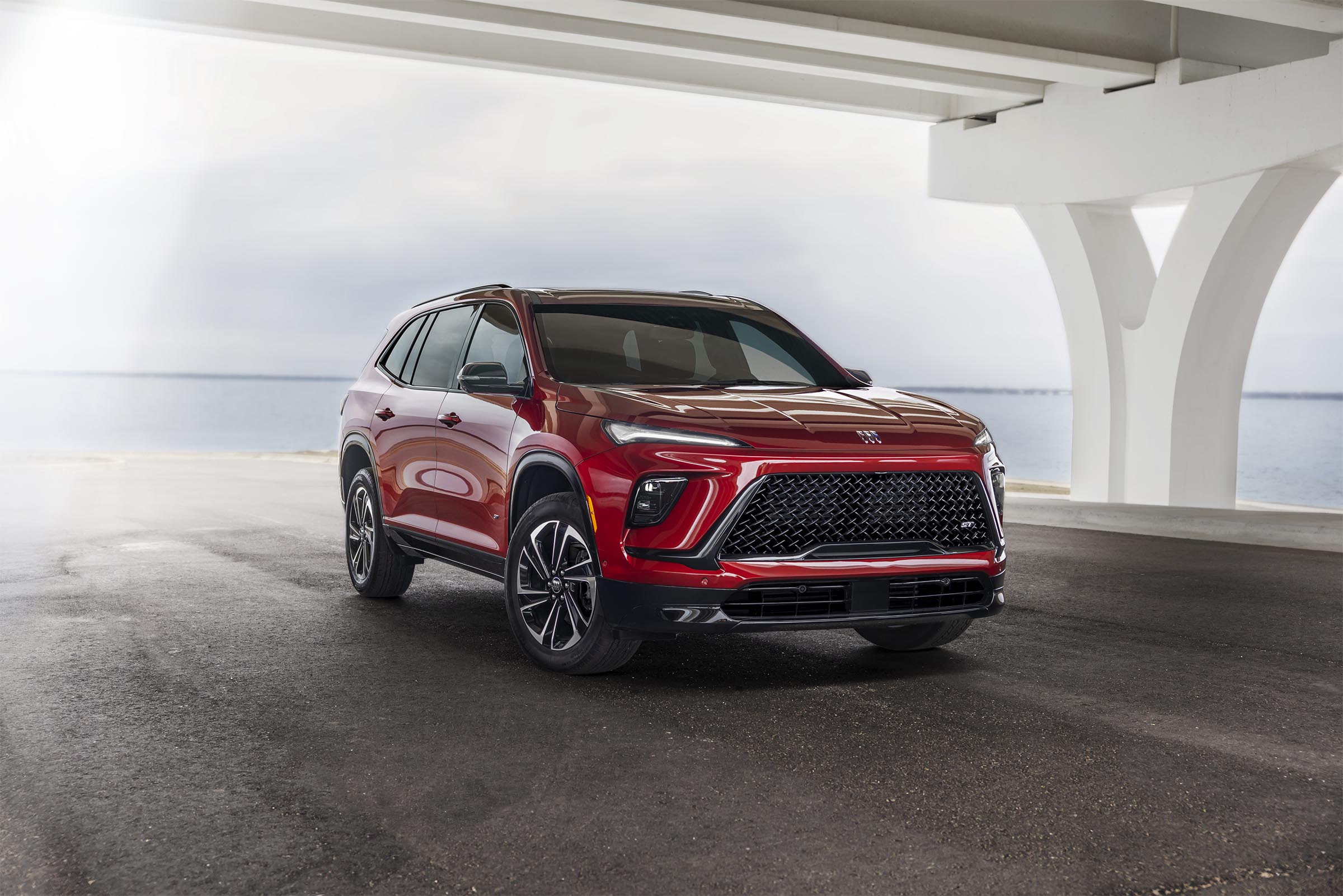

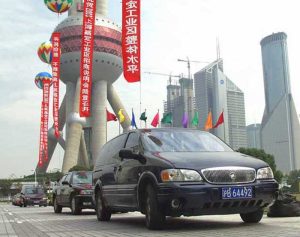
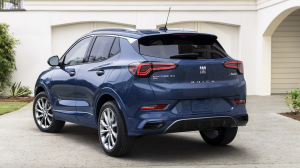
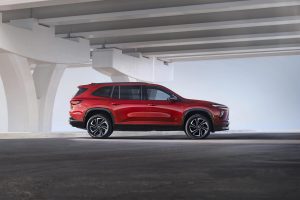
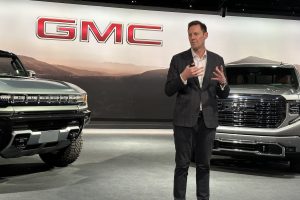
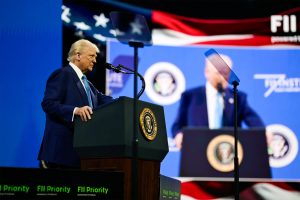

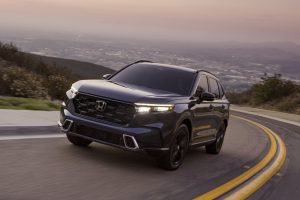
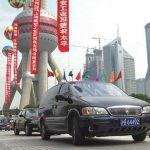
0 Comments